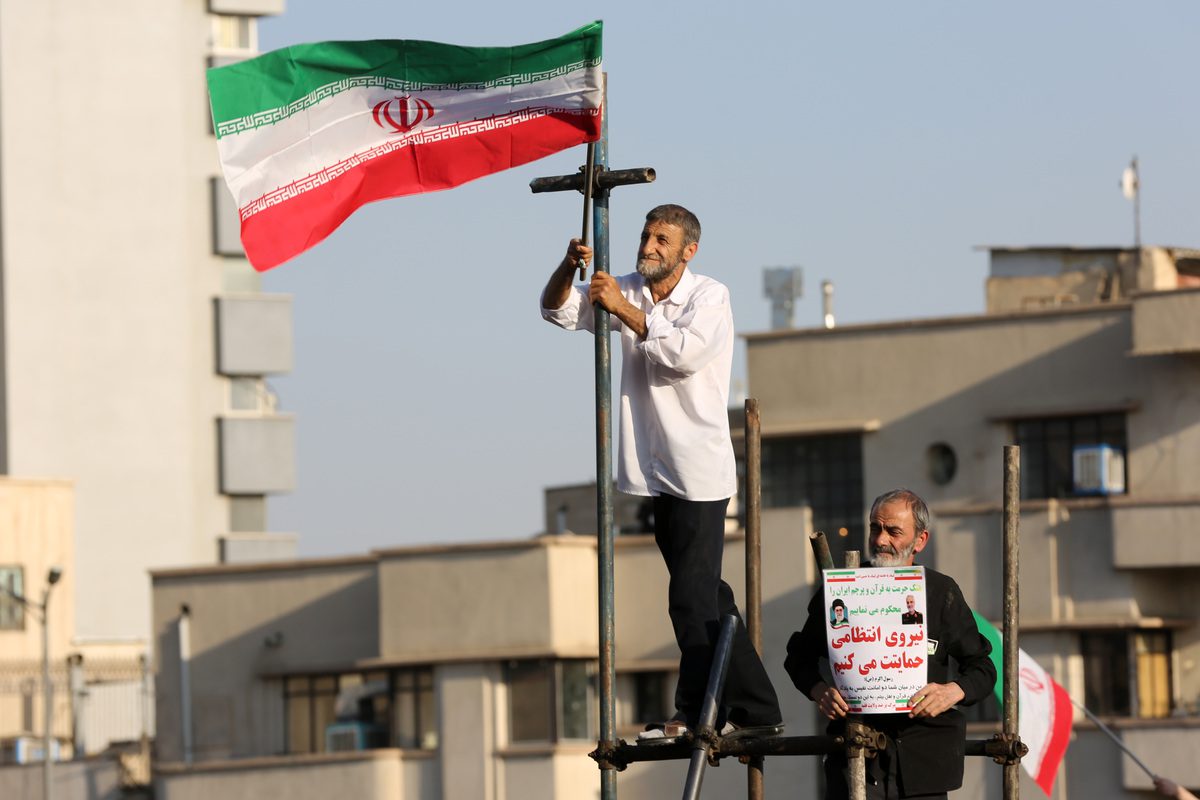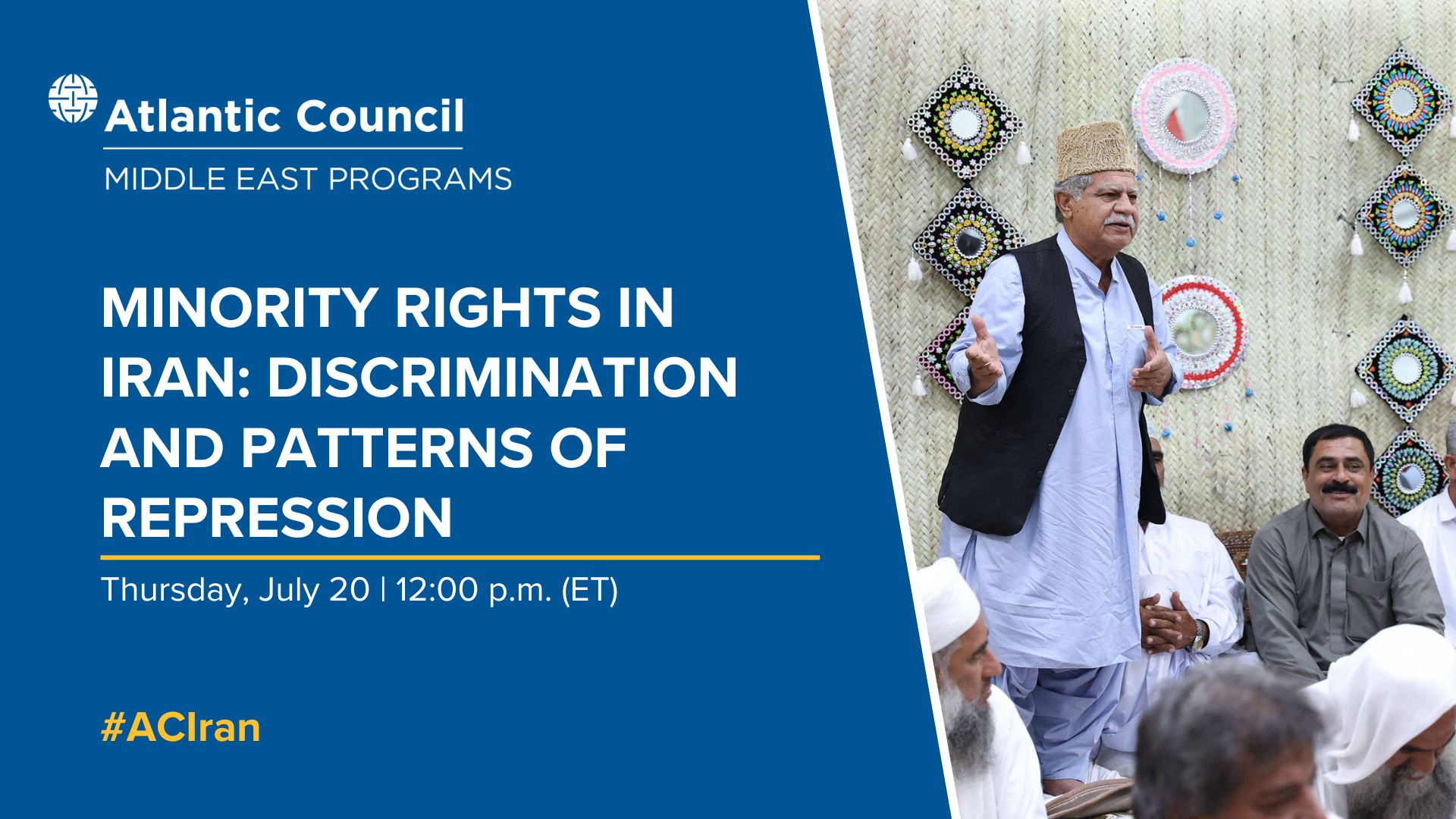When folks think about Iran, it's pretty common for their minds to go straight to the idea of a nation that's all about one particular branch of Islam. That's the Shia branch, of course. Yet, that picture, while true in many ways, doesn't quite tell the whole story, you know? It's a bit like looking at just one color in a truly vibrant painting. There's a whole lot more going on beneath the surface, especially when we start talking about the people who call Iran home.
You see, while the Islamic Republic is, for the most part, Shia, there's a really important group of people who follow the Sunni path. They're a significant part of the country's population, and their presence adds so much to the rich mix of cultures and beliefs there. It's not just a matter of numbers; it's about the everyday lives, the traditions, and the contributions of millions of individuals who are, in a way, often overlooked in the bigger global conversations.
So, this topic of the Sunni community in Iran, and just how many people are part of it, is actually a pretty big deal. It's not just some obscure fact for academics or researchers, either. It touches on important discussions about politics, how different groups get along, and what shapes the religious landscape in that part of the world. Getting a better feel for this helps us all get a more complete picture of a truly complex and, in some respects, fascinating country.
Table of Contents
- How Many Sunnis Live in Iran - The Sunni Minority Iran Percentage?
- Why Do the Numbers Differ So Much?
- The Cultural Footprint of Iran's Sunni Minority Percentage
- What About Their Political Voice and Representation?
- Government Relations and Sunni Communities
- Daily Life and Challenges for Iran's Sunni Minority Percentage
- Moving Forward - A Look at Opportunities
How Many Sunnis Live in Iran - The Sunni Minority Iran Percentage?
When you try to figure out just how many people in Iran are Sunni Muslims, you find yourself looking at a few different ideas, actually. It's not as straightforward as you might think, you know? The government, for instance, has its own way of counting things. They typically suggest that somewhere between seven percent and ten percent of Iran's overall population identifies as Sunni. This is based on their own estimates, which, it's worth noting, also say that pretty much all of Iran, about 99.4 percent of its people, are Muslim, with the vast majority being Shia.
However, if you talk to leaders within the Sunni community itself, or folks who keep a close eye on these matters, you get a somewhat different story. They often put that figure quite a bit higher, sometimes suggesting it could be as much as twenty-five percent. One observer, Faramazi, even mentioned that roughly fifteen million out of Iran's eighty million people are Sunni Muslims, which would make them, in a way, the biggest religious group after the Shia majority. So, you see, there's a fairly wide range in what people believe the actual Sunni minority Iran percentage to be.
This difference in numbers isn't just a small detail, either. It points to a bigger conversation about how populations are counted and who gets to do the counting. For example, some reports from the Atlantic Council echo what Sunni leaders say, placing the Sunni population somewhere between twelve and twenty-five percent of the total. It really shows that without official, clear-cut statistics from inside Iran, we're mostly relying on different perspectives and calculations, which is, in some respects, a bit tricky to pin down precisely. This means that while government figures lean towards a smaller number, community leaders offer a much larger estimate, making the exact size of the Sunni minority Iran percentage a subject of ongoing discussion and differing views.
Why Do the Numbers Differ So Much?
It's a really good question, isn't it, why these numbers for the Sunni minority Iran percentage seem to jump around so much? Well, for one thing, there aren't any official, publicly available statistics from the Iranian government that break down the religious makeup of the country in a really detailed way. That lack of official data means that everyone else, from community leaders to outside observers, has to make their best guesses, and those guesses can vary quite a bit, you know? This absence of clear, government-issued figures leaves a lot of room for different interpretations and calculations, which can naturally lead to a wide range of estimates.
Another part of it is that some Sunni groups in Iran have openly said they believe the government's figures are lower than the real numbers. They feel that the Shia-dominated government might not be giving an accurate count of how many Sunnis live in the country. This feeling, in a way, comes from a deeper sense of their place in society and their desire for their numbers to be truly recognized. So, it's not just about a simple headcount; it's tied into bigger issues of identity and representation, which is pretty important for any community wanting to feel seen and heard. This perspective suggests that the reported Sunni minority Iran percentage might be influenced by political considerations rather than just pure demographics.
Also, the sheer size of Iran's population, which was around 86.8 million in mid-2022, means that even a small difference in percentage can mean millions of people. If it's ten percent, that's about 8.6 million people. If it's twenty-five percent, that's over twenty million. That's a huge difference, so, you know, the exact figure for the Sunni minority Iran percentage really matters when you're talking about the lives and experiences of so many people. This numerical discrepancy highlights the significant impact that even slight variations in estimates can have on understanding the scale and scope of the Sunni community within the nation.
The Cultural Footprint of Iran's Sunni Minority Percentage
Even though the Sunni community is a minority in Iran, their presence is really quite powerful in terms of culture. They bring so much to the nation's overall identity, and it's something that often gets less attention than it should, to be honest. You find most of these Sunni communities living in specific parts of the country, and their unique ways of life are deeply woven into those regions, like your Turkmen people in the northeast, Arabs in the southwest, Baloch in the southeast, and Kurds in the northwest. Each group, in a way, adds its own special flavor and heritage to the broader Iranian cultural landscape.
Take the Baloch Sunnis from the Sistan and Baluchestan area, for example. They have a truly distinct cultural background that's just fascinating. Their music, their dances, the clothes they wear, and their strong sense of tribal identity are all part of what makes them who they are. This isn't just about old traditions, either; it's about a living, breathing culture that continues to shape the daily experiences of these communities. So, the Sunni minority Iran percentage, even as a smaller part of the whole, certainly has a very noticeable cultural impact, contributing vibrant threads to the country's rich tapestry.
These cultural expressions are not just for show; they're a big part of how these groups maintain their heritage and connection to their past. They also contribute to the incredible variety that exists within Iran itself, which, in some respects, is often seen as being very uniform. It's a reminder that Iran, despite common perceptions, is home to a wonderfully diverse mix of religious and ethnic groups, and the Sunnis are a significant thread in that rich fabric. Their distinct customs and practices highlight the internal diversity that sometimes goes unnoticed when discussing the country's religious makeup.
What About Their Political Voice and Representation?
When we talk about the Sunni minority Iran percentage, it's really important to consider how much say they have in the country's political life. Over the last four decades, there's been a clear pattern where Sunni Muslims, along with other ethnic and religious minority groups, have had a much harder time than others when it comes to having their voices heard in government. This isn't just a small issue; it's about whether they feel truly represented in the decisions that affect their lives, which is a pretty big deal for any group of citizens.
The way power works in Iran means that the Shia establishment holds most of the authority. This creates a situation where the relationship between the majority Shia and the minority Sunni groups isn't quite equal. It's a bit like one side having a much louder megaphone than the other, you know? This imbalance means that the concerns and needs of the Sunni communities might not always get the same level of attention or action as those of the majority, leading to an asymmetrical dynamic in political influence.
This lack of political presence can have real consequences for these communities. It can affect things like how resources are shared, what laws are passed, and whether their unique cultural or religious practices are fully supported. So, while the Sunni minority Iran percentage might be debated in terms of exact numbers, the experience of having a less powerful political voice is something that many within these communities feel quite strongly, actually, impacting their daily lives and future prospects. This feeling of being underrepresented is a significant aspect of their experience within the nation's political structure.
Government Relations and Sunni Communities
The relationship between the Iranian government and its Sunni communities is, in some ways, quite a delicate one. On one hand, the government sees itself as representing all Muslims in the country. On the other hand, there are clear tensions, especially when it comes to certain interpretations of Sunni Islam. For example, the government views the rise of Salafism, which is a particular movement within Sunni Islam, as something of a threat. They worry that it might lead to extremism, and because of this concern, they don't allow followers of Salafism to build their own places of worship, which is, you know, a pretty significant restriction on religious practice.
This approach can sometimes make things difficult for Sunni communities. Many Sunnis feel that if the Islamic Republic were to try and build stronger connections with them, perhaps by giving them more religious and ethnic freedom, it might actually be more successful in dealing with any extremist groups. It's almost like saying, "If you want to win hearts and minds, you need to show you care about the people," which is a fairly common idea, isn't it? This perspective suggests that a more inclusive approach could yield better results for national stability and unity, impacting the overall Sunni minority Iran percentage experience.
There are definitely chances for the Iranian leadership to change
Related Resources:



Detail Author:
- Name : Hailie Shanahan DVM
- Username : al.mayer
- Email : torphy.marty@yahoo.com
- Birthdate : 1995-11-28
- Address : 4920 Kyleigh Shore Krajcikberg, AL 90770
- Phone : 409.471.2324
- Company : Howell, Ortiz and Greenholt
- Job : Well and Core Drill Operator
- Bio : Excepturi neque magni ex. Odio assumenda vel consequatur molestiae blanditiis assumenda voluptatibus. Enim distinctio accusantium rem inventore. Tempora iste sed nam molestiae et.
Socials
linkedin:
- url : https://linkedin.com/in/aheaney
- username : aheaney
- bio : Quidem sit molestiae voluptates vel.
- followers : 374
- following : 295
twitter:
- url : https://twitter.com/heaneya
- username : heaneya
- bio : Sed illum et ea quos assumenda expedita dolores. Molestiae qui saepe quas nihil libero eveniet repellat. Optio praesentium animi minus quae.
- followers : 2268
- following : 2340
facebook:
- url : https://facebook.com/alexanneheaney
- username : alexanneheaney
- bio : Esse eius eos aut est fuga quo libero.
- followers : 552
- following : 1318